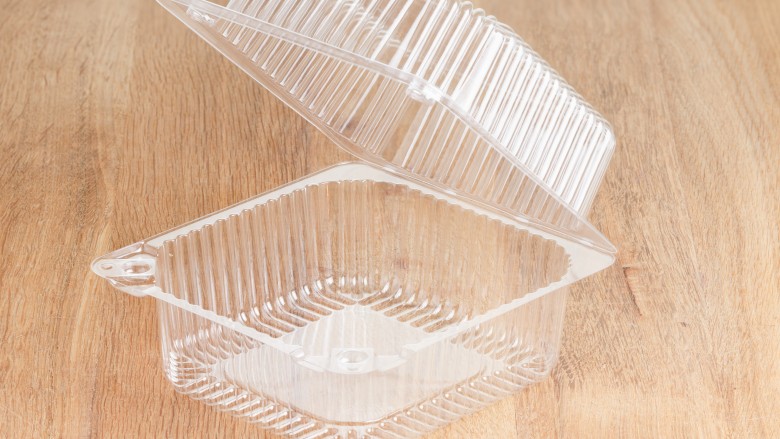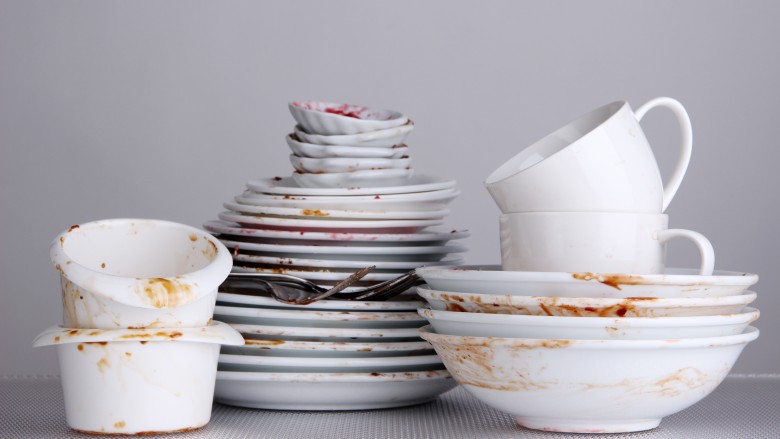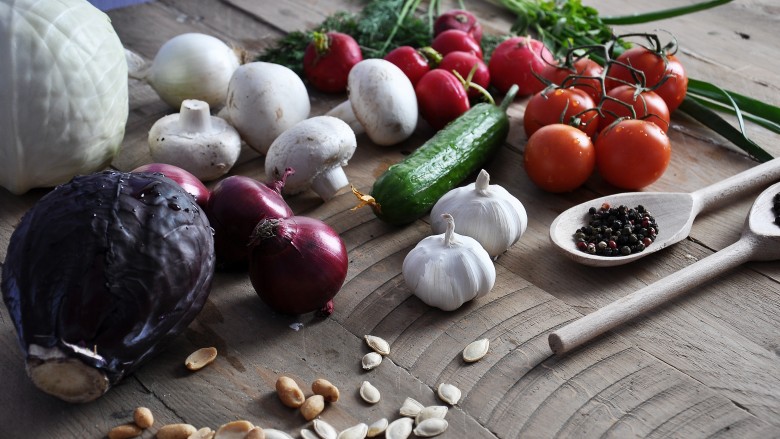The Truth About Meal Delivery Services
Before meal delivery services came onto the scene, preparing dinner at home meant you had to find a recipe you wanted to make, go grocery shopping for all the ingredients, and then finally get to cooking the dish. In the past few years, companies such as Blue Apron, HelloFresh, and Plated (to name a few of the bigger ones) have taken off and changed the home cooking landscape significantly.
These subscription-based meal delivery services promise busy — and relatively affluent — people ease and flexibility by sending boxes with dinner recipes along with pre-portioned ingredients to cook with. Taking away the need for recipe searches and store trips, customers can get right down to the business of cooking.
All this sounds great, right? Well, yes and no. While meal delivery services makes it easier for some people to cook at home — think less time spent in supermarkets, minimal food waste, and gentle encouragement to hone kitchen skills — they also have their downsides. Consider costs ($10 to $15 per serving on average), limited choices, and real nutritional value.
Having worked as the recipe editor on the culinary team of one of these New York City-based meal delivery startups, I feel like I certainly have some insight into this burgeoning segment of the food industry. If you're curious about them, I would encourage you to try them out and see for yourself. Short of that, here's the scoop from where I'm sitting. Read on to find out the truth about this meal delivery service craze.
So. Much. Packaging.
In 2015, Buzzfeed published a fascinating story about the exorbitant amount of waste caused by the meal kit industry but more specifically Blue Apron, arguably the largest of those companies at the moment. Sure, you're throwing away less food by using pre-portioned ingredients, but consider that every single one of those ingredients arrives in its own separate cardboard or plastic container — from a single carrot down to 1 teaspoon of curry powder. The author discovered that three meals for two people amounted to a whole lot of damage to the environment.
Picky eaters beware
If you or someone in your household is a picky eater, meal kits might end up driving you up the wall. Even though some companies are slightly more flexible with their offerings, allowing you to choose your meals from a set number of dishes weekly, others send the same meals to all customers. Companies like Plated and PeachDish let you choose from set weekly menus, so you have to hope there's something there you want to eat during any given week. Even with the varying levels of flexibility, you're still ordering from a group of preset dishes, so you may need to adopt a willingness to try out unfamiliar ingredients and use preparations you're unaccustomed to.
You'll be washing dishes — a lot of them
After experiencing firsthand the goings-on of a meal service test kitchen on the development side, I can say that not enough thought is put into the big cleanup jobs customers have to go through after cooking meals designed to be wildly convenient. After spending time helping to create the recipes for the meal kits as well as cooking with them in my own home, I can attest to the mountains of bowls and heaps of spoons required to create a meal for two people. By following a recipe to the T, I often ended up using three different pans and five bowls. On the other hand, if I were to cook intuitively and kit-less, I could probably produce a similar meal without getting almost every dish in my tiny kitchen dirty.
The cost factor
Meal kits are marketed as a way for people to cook more and spend less on groceries or eating out. The truth is that at an average minimum of $10 per person, the service may be convenient but not necessarily cheaper than buying groceries. While this price might be similar to or less than what you'd pay eating out, you still have to consider the associated costs. In an analysis of the meal delivery trend, Detroit Free Press points out that dinners delivered in these kits don't generally yield leftovers, which means you need to buy additional groceries to make your breakfasts and lunches or buy food during the work day. If you calculate the cost of the meals for more than one person per household plus the money you still have to spend at the supermarket, the subscription doesn't sound as affordable as you probably thought.
What about sustainability?
For her analysis of the meal kit industry's claim to high sustainability practices, Marguerite Preston ordered from four companies on behalf of Rodale's Organic Life: Blue Apron, Martha & Marley Spoon, Green Chef, and Sun Basket. She discovered that ingredients weren't always as advertised. During her trial, she was disappointed by inconsistency of the quality of ingredients in addition to the lack of transparency. While the companies she tested claimed to source organic ingredients "whenever possible," this claim couldn't really be verified since the items that arrived in the box were often not labeled as organic. Across the board, there was a lot of packaging involved — not to mention the distances the ingredients have to travel to get wherever they're going.
You lose some of the art and thoughtfulness of cooking
Even though my New York City schedule can be bonkers on most days, I genuinely enjoy the different parts that go into cooking a meal from scratch. From pondering what to make for dinner and handpicking just the right ingredients to stirring, sauteing, and serving, I find joy in the act of doing all those things for myself. While the convenience of meal delivery services is tempting, something in the art of cooking is lost when dinner meets you at your doorstep ready with a paint-by-numbers approach. If you're a creative cook who likes to think outside the box, the meal kit box may not be for you — at least not regularly.
Not as convenient as advertised
Part of the supposed appeal of subscribing to a meal delivery service is the promise of more time to enjoy sharing food with the people you love because the service makes cooking so quick and easy. That said, the stated amount of time on recipe cards isn't always accurate. I used work in the test kitchen of one of the big three meal kit companies, and I can see how some of the dishes might take longer to cook at home. Testing recipes in a controlled environment by the same people doesn't account for skill level or equipment differences. As a result, recipes tagged as "quick" or "easy" may end up being slow and difficult for some customers. In 2015, Paste fact-checked some of the meal kit claims and discovered that some recipes did indeed take longer than advertised.
Lack of variety
Want some behind-the-scenes info on how meal kit recipes are developed? After scouring magazines, online sources, and taking monthly eating excursions, I used to sit with my culinary team members in a conference room each week to brainstorm menus for the meal delivery company I worked for. Once recipes have been set for at least one menu, we go forward by looking at data that shows which recipes were purchased most, then the company would repeat them with maybe one slight variation. So chances are if you loved those meatball sliders with Caesar salad from last February, you're probably going to see them on the menu again. If you enjoyed the novelty of watermelon radishes in June, you're likely to see them again the next summer or as soon as later that month. Another truth? Depending on what companies are able to source cheaply, they tend to buy a lot of it during any given season, which explains why five meals in a row might contain Brussels sprouts. If you're looking for variety with every single meal, the kit situation may not be for you.
Takeaway? Give meal kits a try with the understanding that they probably won't solve all your dinner problems, but they might still present a nice way to change up your kitchen routine every now and then.








